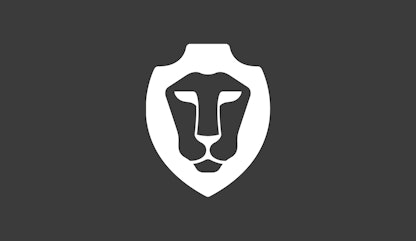Building a people-first culture in a digital world

How you can achieve a people-first culture through your people.
The cultural change journey
Change is never immediate. It is a continuous journey.
Identifying the cultural change journey of an organisation must be done through its people. Here are some of the ways this can be achieved:
See your employees as your customers. This helps to increase ‘customer’ satisfaction and supports with aligning business and people priorities.
Ensure that internal values and behaviours are aligned.
Create an employee value proposition that enables a highly engaged workforce, which in turn will increase talent retention and attract high-calibre talent to the business.
Reduce silos and increase collaboration.
Improve management and leadership capabilities.
Digitise and improve internal communications, learning platforms and HR systems to ensure employees have access to the information they need.
The impact of change leaders
It is crucial to identify change leaders that sees the cultural change journey through. Change leaders are defined by soft-skill characteristics such as:
Visionary leadership
Capable and efficient manager
Clear and compelling communicator
Astute listener
Motivator
Effective lobbyist
Decision-maker
Astute
This talent may be future leaders identified by senior members of the business, or those who are passionate about championing and leading projects. It is important that change leaders are representative across all aspects of the business.
The power of collaboration
Effective collaboration in the digital era is challenging and vital.
Collaboration must be led from the top to ensure that cultural change is implemented. Key functions to champion this change will be from IT, HR, and Brand/Marketing.
IT will facilitate the infrastructure and tools to allow employees to collaborate effectively, aligning systems and processes and managing communications across multiple sites and territories
HR will put policies in place, ensure talent is managed effectively, address wellbeing, oversee performance management and talent development
Brand/Marketing will effectively communicate to the business from one common voice, communicating to the right groups at the right time ensuring consistency and alignment of tone with the brand of the business.
Defining a brand from the inside out
The real secret to successful cultural change is when a brand is clearly defined from the inside out.
Organisations must be clear on who they are, what they stand for, and what they are trying to achieve.
They need to define their core values and understand why they exist beyond the motive of profit.
Ensuring that this is defined and understood will automatically align the organisation internally, around one single vision and purpose.
Cultural change in a digital world
Every employee manifests the values and behaviours of a business, and individually contributes to the organisation’s collective ‘personality’.
People are the power to change. They bring the mission and values to life.
It is the responsibility of HR leaders to identify change leaders to ensure that this culture is ingrained, the strategy is mapped out, and that it is implemented successfully. This will always be a collaborative effort across departments and functions.
As organisations across the globe shift to a digital or hybrid way of working, digital tools must be implemented to facilitate collaboration and ensure that the core values of a brand and its people remain.
Speak to us today to learn more about how we can partner with you to excel your digital transformation journey.
